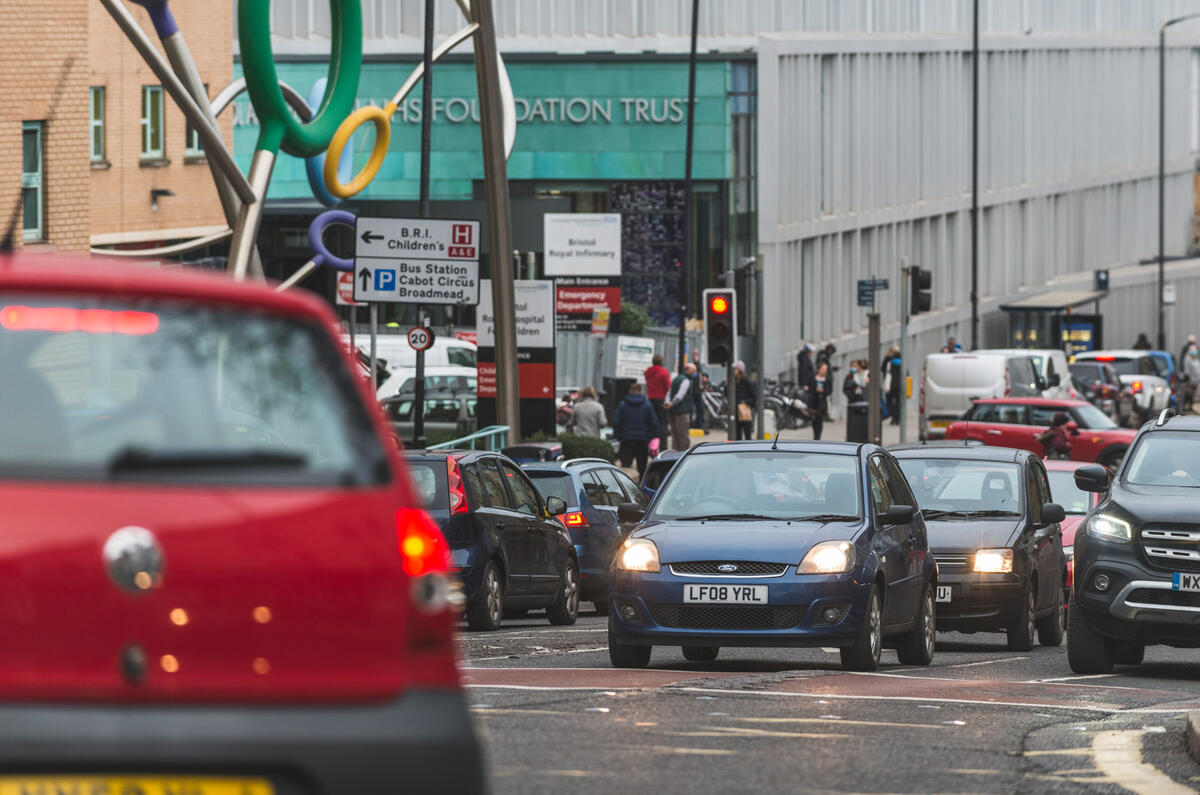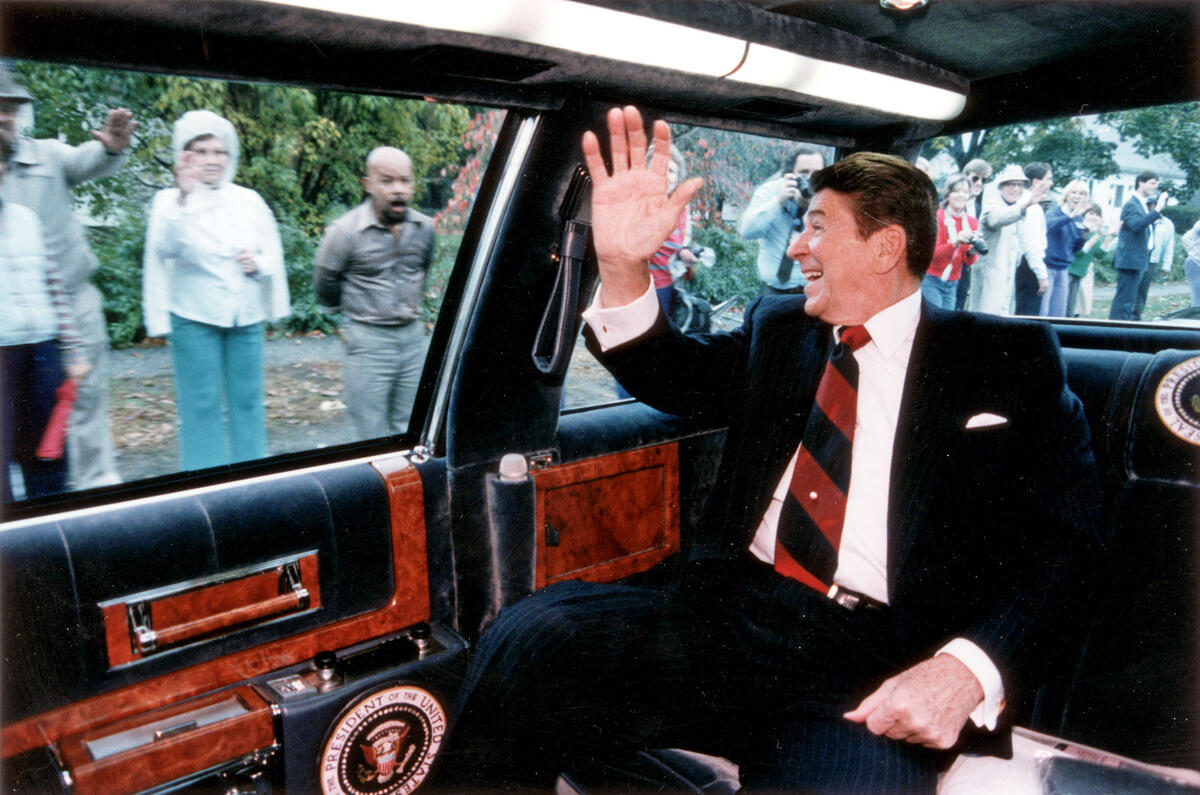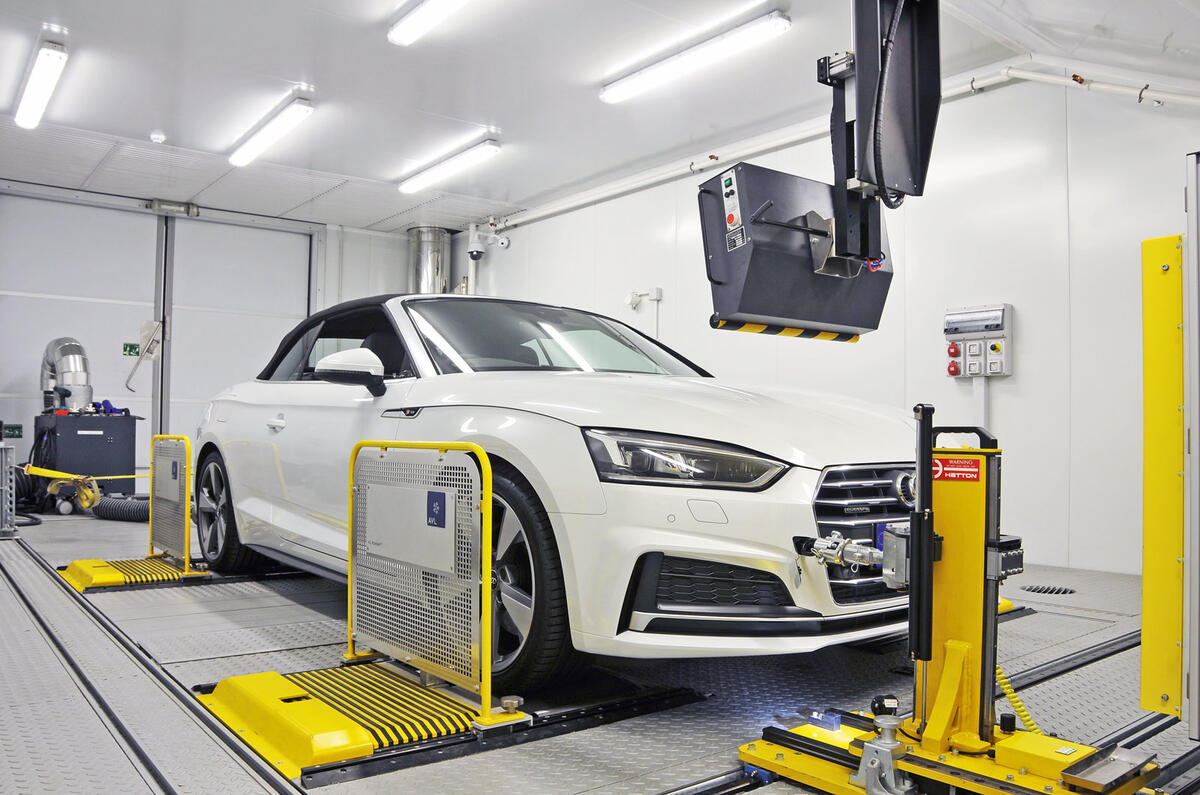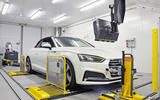European car industry bosses are believed to be locked into at least two months of intense negotiations with European Union officials over the final shape of the proposed Euro 7 pollution regulations.
According to one industry insider, car makers are facing the possibility of having to both significantly increase the cost of future internal combustion engine cars and slash the production of cheaper and smaller models.
City cars and superminis could be priced out of the market by the demands of Euro 7, potentially leading to plant closures and significant redundancies, insiders say.
Indeed, some manufacturers have gone on the record regarding the issue already, with Nissan saying that it won’t produce new engines to meet the fresh regulations. It fits with the firm’s plans around electrification but still is quite the statement. Euro 7 was expected to come into force by 2025. The delays in rubber-stamping the proposals have also left the car industry deeply concerned that it won’t have time to complete the significant re-engineering and testing needed to make Euro 7-compliant models.
For Autocar Business webinars and podcasts, visit Autocar Business Live
As Autocar revealed last year, the Euro 7 Consortium for Ultra-Low Vehicle Emissions (Clove) working group had suggested that future ICE cars would have to meet extremely strict pollution targets in all driving circumstances – including under acceleration and when towing, for example.
Critics said the proposals were so demanding that they would be difficult to actually monitor with current mobile testing equipment.
The Euro 7 regulations, which concentrate on tailpipe pollution rather than CO2 emissions, should have been announced in late 2021 but have been delayed twice. The last deadline was this month, but our sources say the proposals are now due in July.
One insider told Autocar that the EU had given Clove such an open-ended brief that the result could easily hasten the end of most ICE vehicles, well before the EU’s 2035 deadline.
They explained: “Clove wasn’t asked to consider customer affordability for the Euro 7 regulations. This allowed the engineers to explore the most demanding parameters possible. Inevitably, this has emboldened some to see an opportunity to turbocharge the shift to EVs by the European industry.”
















Add your comment